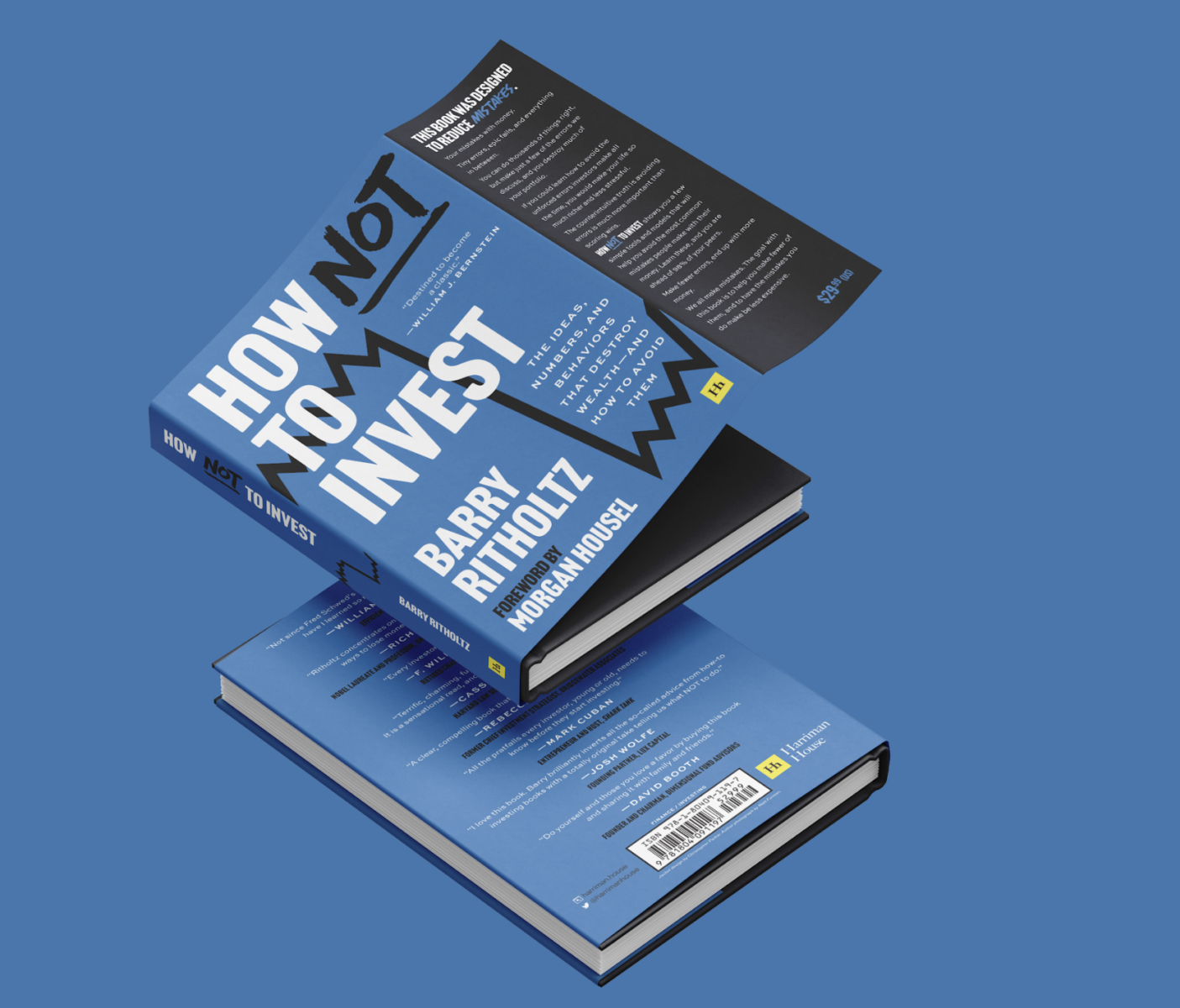Sector rotation is an investment strategy revolving around the movement of money between various industry categories of the markets, such as technology, financial services or healthcare. It can, however, also be applied in other ways where multiple categories can be measured and assessed:
- Asset classes: domestic equities (stocks), international equities, fixed income (bonds), cash/cash equivalents, and alternative investments
- Market capitalizations: mega, large, medium, small, and micro capitalization groups (which are categories that represent the size of companies)
- Factors: value (cost per share compared to fundamental value), quality (low debt, stable earnings), volatility (dispersion of returns over time), and momentum (outperformance compared to peers)
- Styles: combination of market capitalization with growth / value / both (i.e. large cap value, large cap growth, small cap blend)
Rotating one’s investments can be effective in any market environment, and, if one had a crystal ball, rotating one’s portfolio into cash/cash equivalents would have shielded an investor from much of the volatility and negative momentum in 2022. All asset classes have experienced drawdowns to some degree this year (because of the rising interest rates), except for cash, which includes money market investment vehicles. On average, cash-based investments have returned around 1% so far this year – dismal returns without context, but comparatively far superior to equities or anything else, for that matter. Fed rate increases have brought yields above 3% for the first time in a decade, and, for example, Schwab money market rates are close to 3.65% currently.
Some asset classes have performed as expected in this investing environment (a tough environment, to say the least), such as bonds performing very poorly. Some historical relationships, however, did not perform as expected. Gold, for example, should have soared in the view of the seemingly never ending elevation of inflation rates – it should have been a top performer! In reality, though, gold is down nearly 9% for the year.
With regards to inflation and reported CPI (the consumer price index), we recognize that economists and government technocrats, whom are in charge of analyzing and setting fiscal policy, faced an exceedingly difficult job – and still do – with wide-ranging variables at play, with the longstanding elephant in the room being COVID. It’s difficult to track changes in the economy due to demographics, technological advances and dataset components that inundate us daily from every news medium.
The Fed has erred on the side of aggressiveness in raising rates for fear of, yet again, being behind the curve.
Here are some of the returns so far for 2022:
- Bloomberg US 5-10 Year Treasury Index: -14.48%
- Bloomberg Long Treasury Index: -16.86%
- S & P 500 Index: -17.70%
- Information Technology Spliced Index: -27.39%
- FTSE All-World ex US Index: -23.91%
- Balanced Composite Index: -17.05%
- Commodities GOLD: -8.84%
- Spliced US Government Money Market Funds Average: .68%
Our aim at Granite Wealth Management is to employ our analysis in order to highlight the comparative relationships between various asset classes, market caps, factors, and styles. While some areas may display obvious weaknesses, there’s likely other parts of the market that are conversely strong. Money must go somewhere, and that is usually where it will be the most useful for the investor. While limited to real data of the markets, our goal is to uncover strong parts of the markets, where we can add exposure and find positive traction.


